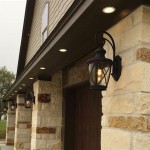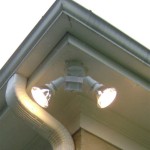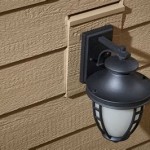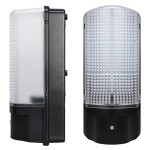Essential Aspects of Outdoor Lighting Design
Outdoor lighting design is an art form that can transform your backyard into a beautiful and inviting space. When done correctly, outdoor lighting can create a warm and welcoming atmosphere, highlight architectural features, and improve safety and security. Here are some essential aspects to consider when designing your outdoor lighting:
1. Purpose: Determine the purpose of your outdoor lighting. Do you want to create a relaxing ambiance, improve visibility, or enhance the aesthetics of your backyard? Once you know the purpose, you can choose the right type of lighting and placement.
2. Layers of Light: Use different layers of light to create depth and interest. Ambient lighting provides general illumination, while accent lighting highlights specific features like trees or sculptures. Path lighting guides visitors and improves safety.
3. Types of Fixtures: Choose lighting fixtures that are durable, weather-resistant, and complement the style of your home. Path lights, spotlights, and lanterns are popular options for outdoor lighting.
4. Lighting Placement: Consider the placement of each light fixture carefully. Ambient lighting should be evenly distributed, while accent lighting should be directed to draw attention to specific areas. Avoid placing lights too close to windows or reflective surfaces.
5. Color Temperature: The color temperature of a light bulb refers to its perceived warmth or coolness. Warm light (below 3000K) creates a cozy atmosphere, while cool light (above 5000K) is more energizing. Choose the color temperature that best suits the ambiance you want to create.
6. Energy Efficiency: Outdoor lighting can be a substantial part of your energy consumption. Consider using LED lights, which are highly energy-efficient and long-lasting. Install timers or motion sensors to turn lights off when not needed.
7. Safety and Security: Outdoor lighting can deter crime and improve safety by illuminating pathways and entrances. Install motion-activated lights in dark areas or near potential hiding spots.
8. Aesthetics: Outdoor lighting should complement the style and architecture of your home. Choose fixtures that enhance the overall design and create a cohesive aesthetic.
9. Maintenance: Outdoor lighting requires regular maintenance to ensure proper functioning and longevity. Clean fixtures regularly to prevent dirt buildup and replace bulbs as needed.
By considering these essential aspects, you can design an outdoor lighting system that meets your needs, transforms your backyard into a beautiful and inviting space, and enhances safety and security.

How To Choose A Landscape Lighting Design That Fits Your Home

Outdoor Landscape Lighting Design Tips Ideas Environmental Designs

Outdoor Landscape Lighting Design Tips Ideas Environmental Designs
Outdoor Lighting Ideas 10 Designs Architecture Design

Lighting Design Considerations For Outdoor Entertaining

Outdoor Landscape Lighting O Grady S Sterling Va

The Secret To Outdoor Lighting Design Lightstyle Of Tampa Bay

Landscape Lighting Design Overview

Bring Life To Architecture With Exterior Lighting Outdoor Installers

Expert Outdoor Lighting Design Tips 1000bulbs Blog
Related Posts







